Can Aluminum Oxide Ceramics Be Brazed with Stainless Steel?
Joining dissimilar materials is a cornerstone of modern engineering, enabling complex designs that effectively combine the unique strengths of each. Brazing, a versatile joining process, utilizes a carefully chosen filler metal to create a strong metallurgical bond between materials. The success of brazing hinges critically on a thorough understanding of both materials. This involves the knowledge of process parameters. This article explores the feasibility of brazing aluminum oxide ceramics to stainless steel. Covering material properties, advantages, challenges, optimal brazing methods, and quality control aspects.
1. What are the Distinct Material Properties of Aluminum Oxide Ceramics and Stainless Steel Relevant to Brazing?
Aluminum oxide (Al2O3) ceramics and stainless steel exhibit vastly different physical and chemical characteristics. These differences pose inherent challenges during the brazing process1. A thorough understanding is essential for selecting appropriate techniques and optimizing process parameters.
Aluminum oxide stands out as a high-performance ceramic with exceptional hardness and strength. Also having high compressive strength, and outstanding electrical insulation properties making it useful in electronics. Conversely, stainless steel, is a metal alloy known for its corrosion resistance2, with relatively high thermal conductivity, and is electrically conductive, enabling good electrical connections. Crucially, aluminum oxide possesses a significantly lower coefficient of thermal expansion3 (CTE) than stainless steel. Therefore, choosing brazing alloys with a CTE that closely matches that of the base materials is especially important. Meticulously controlling heating and cooling rates during the brazing cycle are also critical to minimize thermal stresses and prevent cracking.
2. Why Choose Brazing for Joining Aluminum Oxide to Stainless Steel over Other Methods?
The decision to employ brazing to join aluminum oxide to stainless steel usually hinges on the combined properties and process advantages. Brazing provides a strong, hermetic seal that operates well in high-temperature. It is a great alternative when compared to welding, adhesive bonding, or mechanical fastening in many different aspects.
Brazing the combination makes it an ideal choice for electrical feedthroughs, sensors, and components designed for high-temperature environments. High temperature environments involve aerospace systems and chemical processing equipment. Brazing’s key advantage lies in its ability to create robust, reliable joints between disparate materials without significantly altering their properties. Welding can make the base materials melt and have less strength for use.
3. How Does Brazing Alloy Selection Critically Impact Joint Strength, High-Temperature Performance, and Corrosion Resistance in this Material Combination?
The selection of the correct brazing alloy dictates the mechanical integrity, thermal stability at elevated temperatures, and resistance to corrosive environments. This dictates the joint’s long-term reliability in demanding conditions. Selecting alloys with these properties can provide an advantage in the final product.
Active brazing alloys4 are needed to effectively promote proper wetting. It also creates a strong chemical bond between the filler metal and the ceramic surface. The alloy’s melting temperature must be carefully considered to avoid overheating the base material but also ensure a high-quality joint. Alloys should closely match the CTE minimize stress and increase joint performance over a wide range of temperatures. Selecting the right materials will get you the right properties increasing its value.
4. What are the Key Challenges, Potential Failure Mechanisms, and Mitigation Strategies for Successfully Brazing Aluminum Oxide to Stainless Steel?
Several hurdles must be overcome in the brazing of aluminum oxide to stainless steel. Addressing these challenges involves meticulous process control, strategic materials selection, and advanced design considerations. There are challenges in every aspect of design, that must be overcome.
A primary challenge stems from the considerable CTE mismatch between aluminum oxide and stainless steel. This difference can produce high stress during cooling and during service. These stresses can lead to cracking, distortion, or catastrophic failure or total failure. Poor wetting of the brazing alloy on the aluminum oxide surface also results in weak, unreliable joints or weak spots. The formation of brittle intermetallic compounds can compromise joint strength and ductility as well. Strategies such as incorporating materials to minimize CTE and use slow heating rates can help.
Table 1: Comparison of Properties Impacting Brazing
| Property | Aluminum Oxide Ceramic | Stainless Steel | Typical Brazing Alloy |
|---|---|---|---|
| Thermal Conductivity | 20-30 W/m·K | 15-25 W/m·K | 50-150 W/m·K |
| Thermal Expansion | 6-8 x 10-6 /°C | 17 x 10-6 /°C | 12-18 x 10-6 /°C |
| Tensile Strength | 200-300 MPa | 500-700 MPa | 300-500 MPa |
| Electrical Conductivity | Very Low | Low | Moderate |
| Young’s Modulus | 300-400 GPa | 190-200 GPa | Typically Lower than Base Metal |
| Density | 3.95 g/cm³ | 8.0 g/cm³ | Varies with composition |
5. In What Applications Does Brazing Aluminum Oxide to Stainless Steel Offer Unique Advantages?
Brazing aluminum oxide to stainless steel is highly advantageous in applications requiring a specific set of properties which may not be available from a single material. These connections are specifically beneficial aerospace, chemical processing, and high-vacuum electronics industries.
Electrical insulators, thermocouples, and specialized sensors all benefit from the electrical isolation provided by aluminum oxide and the corrosion resistance of stainless steel. High-vacuum feedthroughs, and microwave windows also employ brazed construction, which combine their best advantages. Creating innovative components needing specialized performance in demanding environment. These require new techniques for new innovations.
6. What Critical Process Parameters, Surface Preparation Techniques, and Quality Control Measures are Essential for Ensuring Reliable and Durable Brazed Joints?
Careful attention must be given to ensure all brazed joints are consistently high-quality and meet the intended performance requirements. This involves specific processes, designs, and regulations for a stable product. Following all regulations is important.
Surface preparation is critical for achieving consistently strong joints involving cleaning the adjoining surfaces. The cleaning helps the wetting properties of the brazing alloy. Precise control of heating and cooling rates are also critical to minimize thermal stresses, especially in light of the CTE mismatch. Non-destructive evaluation helps make testing easier and more reliable. Tests show the project is working correctly meeting all standards.
In conclusion, brazing aluminum oxide ceramics to stainless steel demands careful attention to the materials’ unique properties, proper alloy selection, and meticulous process control. Planning will lead a path to unique opportunities.
-
Learning about the brazing process can provide insights into its advantages and applications in engineering. ↩
-
Exploring corrosion resistance factors can enhance the durability and longevity of brazed connections. ↩
-
Understanding thermal expansion is key to minimizing stress and preventing failures in brazed joints. ↩
-
Selecting the right brazing alloys is essential for achieving strong and reliable joints in dissimilar materials. ↩

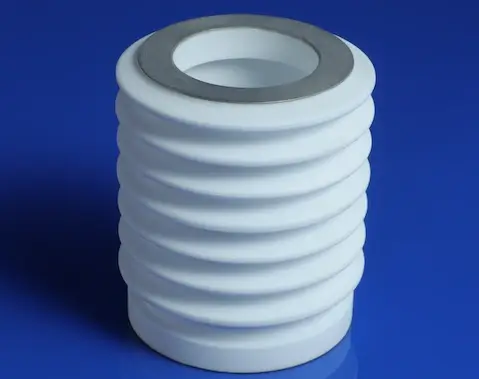
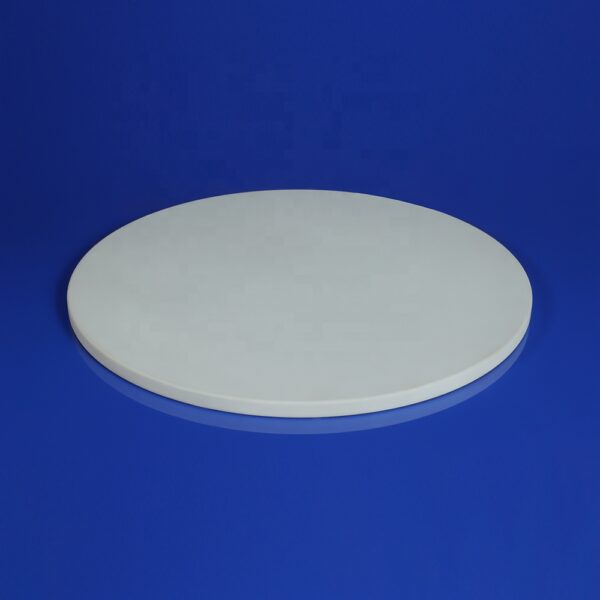
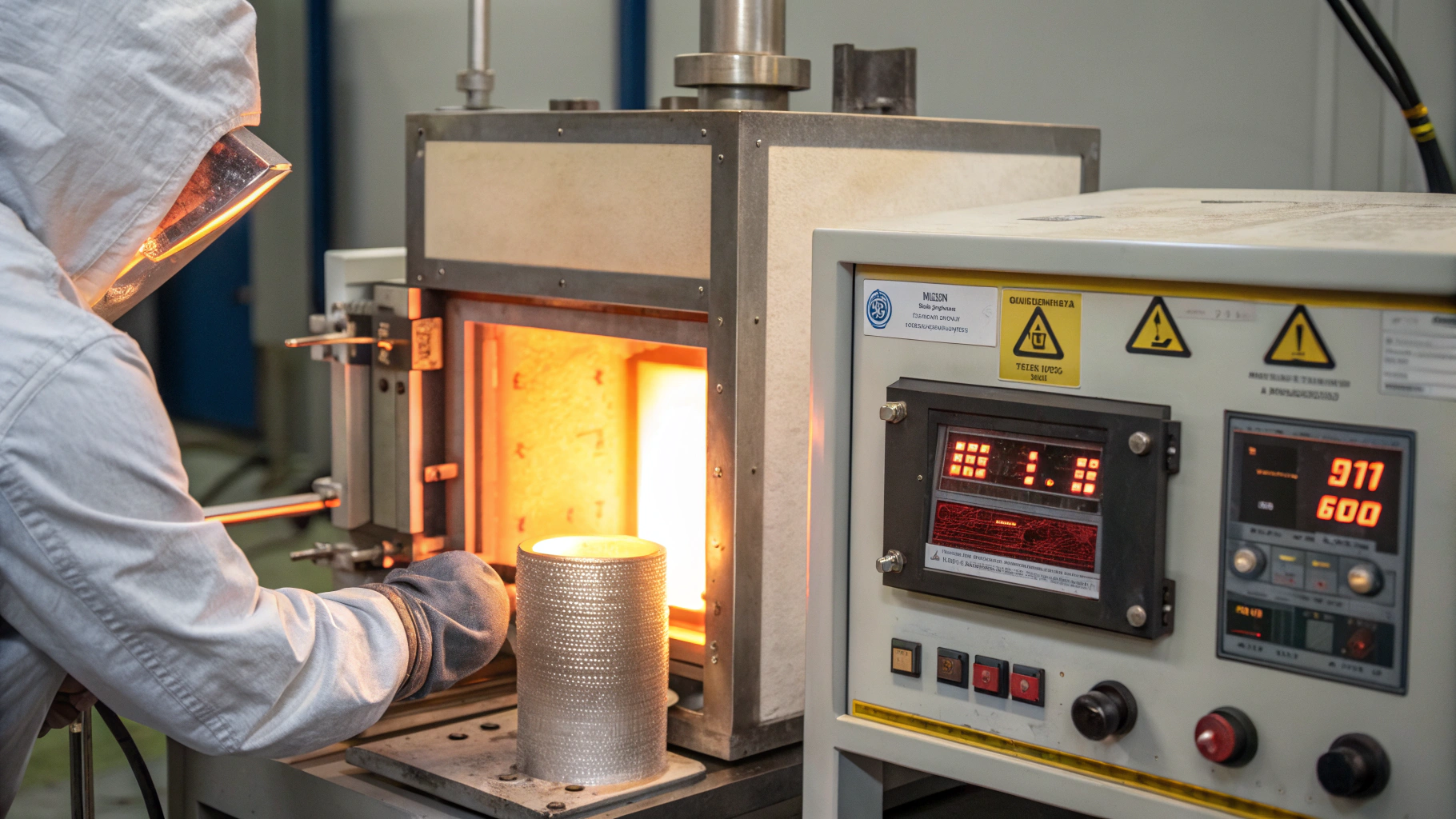

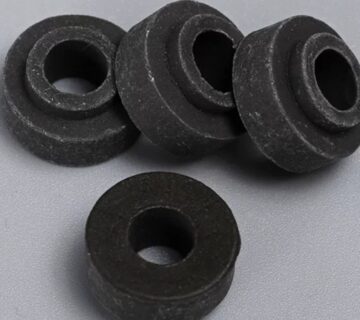

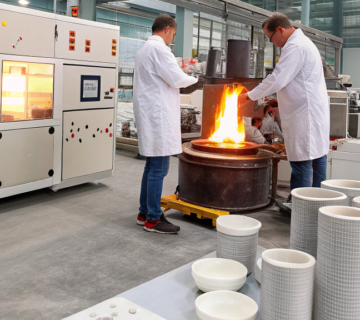

No comment